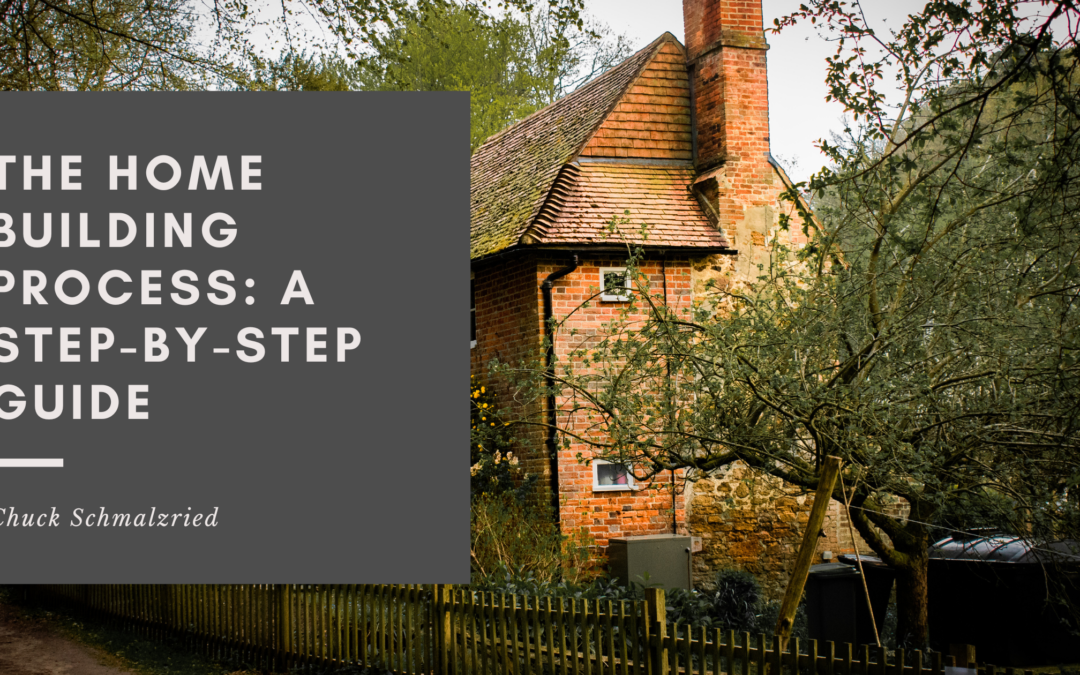Building a home is one of the most significant investments you will ever make, both financially and emotionally. Understanding the entire process can help you navigate challenges and make informed decisions. This guide breaks down the home building process into manageable steps, ensuring you are well-prepared from start to finish.
Step 1: Planning and Budgeting
The first step in building your dream home is establishing a clear budget. Consider all costs involved, including land, materials, labor, permits, and utility connections. Typically, you should allocate 10-20% of your total budget as a contingency fund to account for unexpected expenses. Additionally, create a timeline for your project. Having a realistic time frame helps manage expectations and ensures that everyone involved is on the same page.
Step 2: Choosing the Right Location
Selecting the right location is crucial for your new home. Research various neighborhoods, focusing on proximity to schools, workplaces, public transportation, and amenities. Consider factors such as safety, local community, and future developments. Analyze the potential for property appreciation, as choosing the right location can significantly impact your home’s long-term value.
Step 3: Designing Your Home
Once you have a location, the next step is designing your home. You can choose to work with an architect for a custom design or select a pre-designed plan. Collaborating with an architect allows you to create a layout that suits your lifestyle, from the number of bedrooms to open spaces for entertaining. Don’t forget to consider energy-efficient features, such as proper insulation and solar panels, which can reduce long-term utility costs.
Step 4: Obtaining Permits and Approvals
Before construction can begin, you’ll need to navigate the permit process. This includes acquiring necessary building permits and ensuring compliance with local building codes and zoning laws. Research what permits are required in your area and apply for them as early as possible. This step can be time-consuming, but it is vital to avoid legal issues down the line.
Step 5: Construction Phase
With permits in hand, construction can commence. The construction phase generally involves several stages, including site preparation, foundation work, framing, roofing, and installation of plumbing and electrical systems. Regular site visits are essential during this phase. Engage with your builder and ask questions to ensure quality and adherence to the planned timeline. Be prepared for challenges and remain flexible in your approach.
Step 6: Final Walkthrough and Moving In
As construction nears completion, you will conduct a final walkthrough. Create a checklist of items to inspect, ensuring everything meets your expectations and specifications. Address any issues with your builder before finalizing the contract. Once satisfied, you can officially move into your new home. This is an exciting time, so enjoy the process of settling in and personalizing your space.
Building a home is a complex process, but understanding the steps involved can make it more manageable. From planning and budgeting to final inspections, each step plays a crucial role in ensuring a successful project. Stay informed, be proactive, and embrace the journey of creating your dream home.

